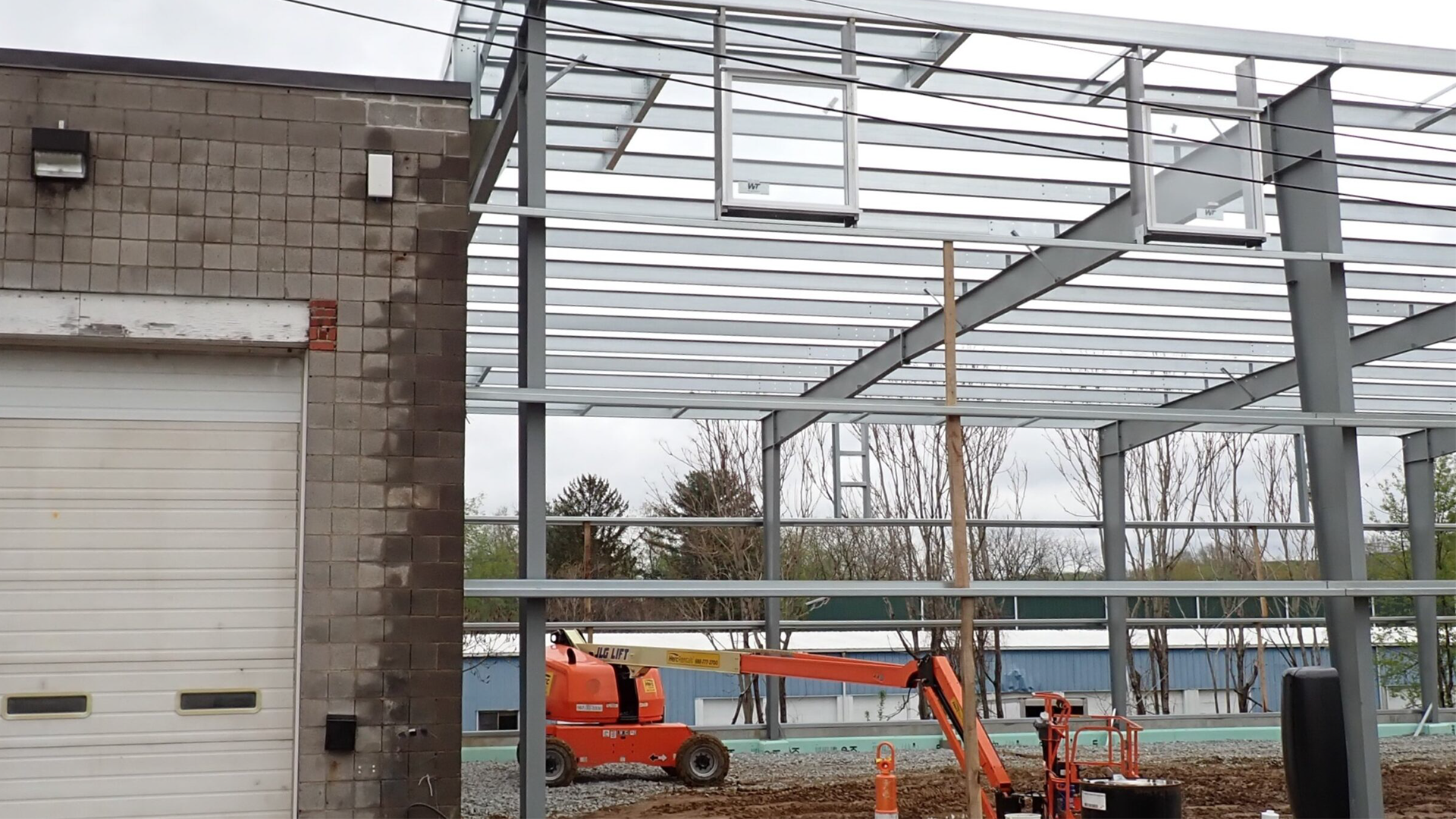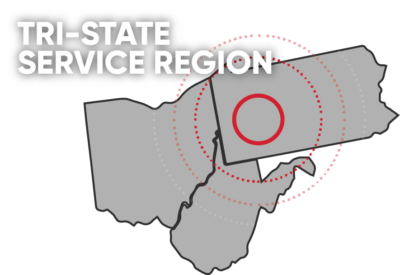Building Cities That Last
As cities grow and change, so do the demands placed on their infrastructure. Urban developers are under pressure to create buildings that are not only efficient and affordable but also sustainable, safe, and future-ready. In this environment, steel construction is stepping into the spotlight as a powerful tool in reshaping urban landscapes.
From sleek skyscrapers to mixed-use spaces and transportation hubs, steel buildings are helping cities meet the challenges of modern development. They’re fast to build, easy to customize, and built to last—making them ideal for high-demand environments where space, time, and resources are limited.
In this blog, we’ll explore how steel construction is contributing to the future of urban development and why more city planners and developers are turning to steel as the material of choice.
Why Urban Areas Need Smarter Building Solutions
- Tight construction timelines
- Limited land availability
- Strict zoning and code requirements
- Environmental impact considerations
- Rapid population growth and shifting community needs
Traditional construction methods can fall short under these pressures, creating delays, driving up costs, or limiting long-term functionality. Steel buildings help solve these problems by offering faster builds, greater flexibility, and long-term durability in even the most compact urban spaces.
Vertical Expansion: Going Up with Steel
One of the biggest issues in urban development is limited space. As city footprints become denser, the only way to grow is up.
Steel’s high strength-to-weight ratio makes it the perfect material for multi-story construction. It supports taller buildings with smaller footprints—perfect for everything from commercial towers to mixed-use complexes. Its ability to span long distances without interior columns also allows for open floor plans that can be adapted for retail, offices, or housing.
Faster Timelines, Less Disruption
In a busy city, construction delays don’t just impact a project—they impact everything around it. Nearby traffic, businesses, and residents all feel the effects.
Steel buildings offer one major benefit: speed. Because components are fabricated off-site and assembled quickly on location, steel construction shortens timelines dramatically. That means:
- Less time with roads blocked
- Less noise and dust for neighbors
- Faster time-to-occupancy for developers
Design Flexibility for Mixed-Use Spaces
Modern urban buildings rarely serve just one purpose. Developers are building mixed-use spaces that include retail, residential, office, and entertainment zones—sometimes all in one footprint.
Steel buildings offer the flexibility to design and divide these spaces however needed:
- Open, customizable interiors
- Interchangeable partitions
- Easy access for mechanical systems
- Support for open plazas, mezzanines, or rooftop features
Resilience in the Face of Urban Risk
Cities face a range of environmental risks, from extreme heat to high winds, flooding, or earthquakes. Steel buildings offer built-in durability that makes them more resilient in urban conditions:
- Fire-resistant construction
- Wind and seismic load engineering
- Long-term corrosion resistance
- Mold and pest resistance
In addition to protecting people and assets, this resilience supports urban planning goals focused on safety and long-term sustainability.
Sustainability and LEED Certification
Urban areas are under increasing pressure to reduce their carbon footprints—and steel helps developers meet those goals. Steel is:
- Highly recyclable, often containing up to 90% recycled content
- Compatible with solar integration and energy-efficient roofing
- Manufactured with minimal waste and easy transport
- Durable enough to reduce the need for future rebuilding
Steel buildings are often used in LEED-certified projects for their energy efficiency and environmentally responsible design, helping cities reach sustainability benchmarks.
Transit-Oriented Projects and Community Hubs
Steel’s fast-build nature makes it ideal for public transit centers, parking structures, and community-use buildings like libraries, sports complexes, or emergency facilities.
In these high-use, high-traffic applications, steel’s strength and low maintenance requirements provide long-term cost savings and higher structural performance—important when serving the daily needs of thousands of city residents.
Revitalization Through Steel
Steel isn’t just for new construction—it’s also a powerful tool for urban revitalization. Older buildings or blighted neighborhoods can be transformed with:
- Steel retrofits and expansions
- New infill projects between existing buildings
- Clean, modern architecture that enhances city character
By reimagining existing spaces with steel, developers can help revitalize underused areas and attract new investment.
A Smart Choice for the Cities of Tomorrow
The cities of the future will need buildings that are:
- Faster to build
- Adaptable to changing uses
- Sustainable and resilient
- Attractive and community-focused
Steel construction offers a way to check every box. It gives developers, planners, and architects the ability to meet modern demands while laying the groundwork for decades of urban success.


